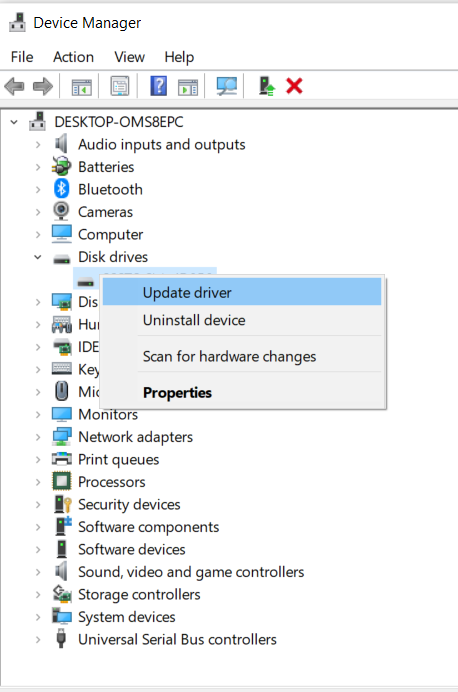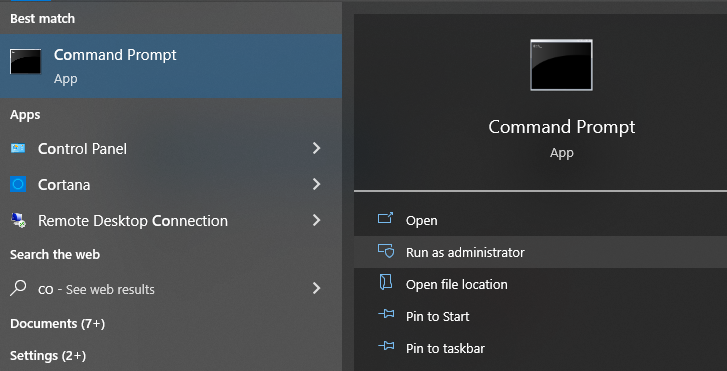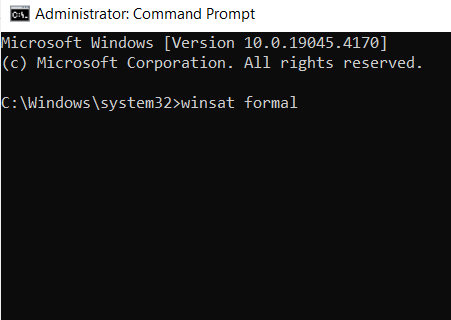How to Solve “Windows 10 Optimize Drives Shows SSD as Hard Disk Drive” issue?
You must not defragment the SSD because SSDs and HDDs have different optimization techniques. Wrong choices would impact the performance and longevity of the SSD.
Why Windows Optimize Drives Lists SSD as HDD?
The Optimize drive would mistakenly list SSD as HDD due to several reasons:
Driver issues: Outdated and corrupt storage drivers can cause issues in recognizing the SSD.
Incorrect System Configuration: The BIOS or SATA controller may not be configured correctly to recognize the SSD drives, resulting in reading SSD as HDD.
RAID Configurations: When SSD is part of the RAID array Windows may fail to detect the individual characteristics of SSD, hence result them as HDD.
Benchmarks: Windows occasionally rely on benchmark results, If you didn’t run a benchmark test after upgrading from HDD to SSD, windows might see the drive type as HDD instead of SSD.
Now that you know what is causing these issues, let us jump to fixing them and get the SSD drive recognized.
3 Solutions to Fix Windows 10 “Optimize Drives” showing “Solid state drive” as “Hard disk drive”
Make sure you disable the scheduled optimizations to prevent defragging attempts on your SSD and follow these solutions to get the SSD recognized by the Windows Computer, from basic driver updating to manually defragging the drive.
Read: Fix Windows lists SSD as HDD
Fix 1: Update the drivers
Keeping the drivers updated will help in fixing bugs and incompatibility, try updating them for better drive detection and optimization.
Check for Windows updates, if there are any new updates download and install them to update the storage drivers automatically.
You can also do it manually:
- Open Device Manager and expand Disk drives option.
- Right-click on the SSD listed as HDD by the Windows and select Update driver.

- On the Update Window click on Search automatically for drivers.
Once the Updating is completed, restart the system and see if the SSD is being recognized by the computer.
Fix 2: Disable RAID Acceleration
If your SSD is in a RAID setup, consider disabling the acceleration can simplify the drive visibility and make it visible on the optimize feature in Windows.
Make use of the Intel Optane Memory and Storage Management application from the Microsoft Store to do this an easier way.
- Open the application and click on the Intel® Optane™ Memory tab on left
- Click on Disable.
- Confirm the choice by clicking on Disable.
This will initiate the acceleration disabling process, once the process is completed click on Restart.
Fix 3: Run a Benchmark Test
Re-evaluating the drives by running a benchmark test can help in providing the drive performance information and characteristics of the SSD to Windows to recognize it correctly.
You can choose to do it using any reliable third-party tools, You can use the Command prompt to run a benchmark test. Here is how you do it, Keep the device connected to a power source and follow the steps below.
- Open Command prompt as Administrator.

- Type: winsat formal (Windows System Assessment Test) and press Enter

Once the scan is completed, restart the computer and verify if the SSD shows up as a hard disk on the optimize drives feature.
In case Troubleshooting didn’t resolve the issue, try Optimizing the SSD manually to maintain a faster performance. Continue reading the next section to know more about it.
Ways of Optimizing SSD Performance on Windows 10
Follow these suggestions to extract optimal SSD performance and fast load speeds:
Maintain free space: Have sufficient free space on your SSD to reduce write operations, which helps in better performance and extending lifespan.
Disable unnecessary startup programs: Disable the programs that autostart while booting via the task manager.
Enable Write caching: Turn on the write caching on your device to speed up the writing. It also has a risk of data loss or corruption in SSD in case of a power outage.
Also Read: Fix External Hard Drive Shows Up as Local Disk
Conclusion:
While Windows 10 may list your SSD as HDD on optimize drive sometimes, you can try the solutions listed in this article to get the SSD recognized on your computer. Follow the optimization tips to extract the complete performance of the SSD.